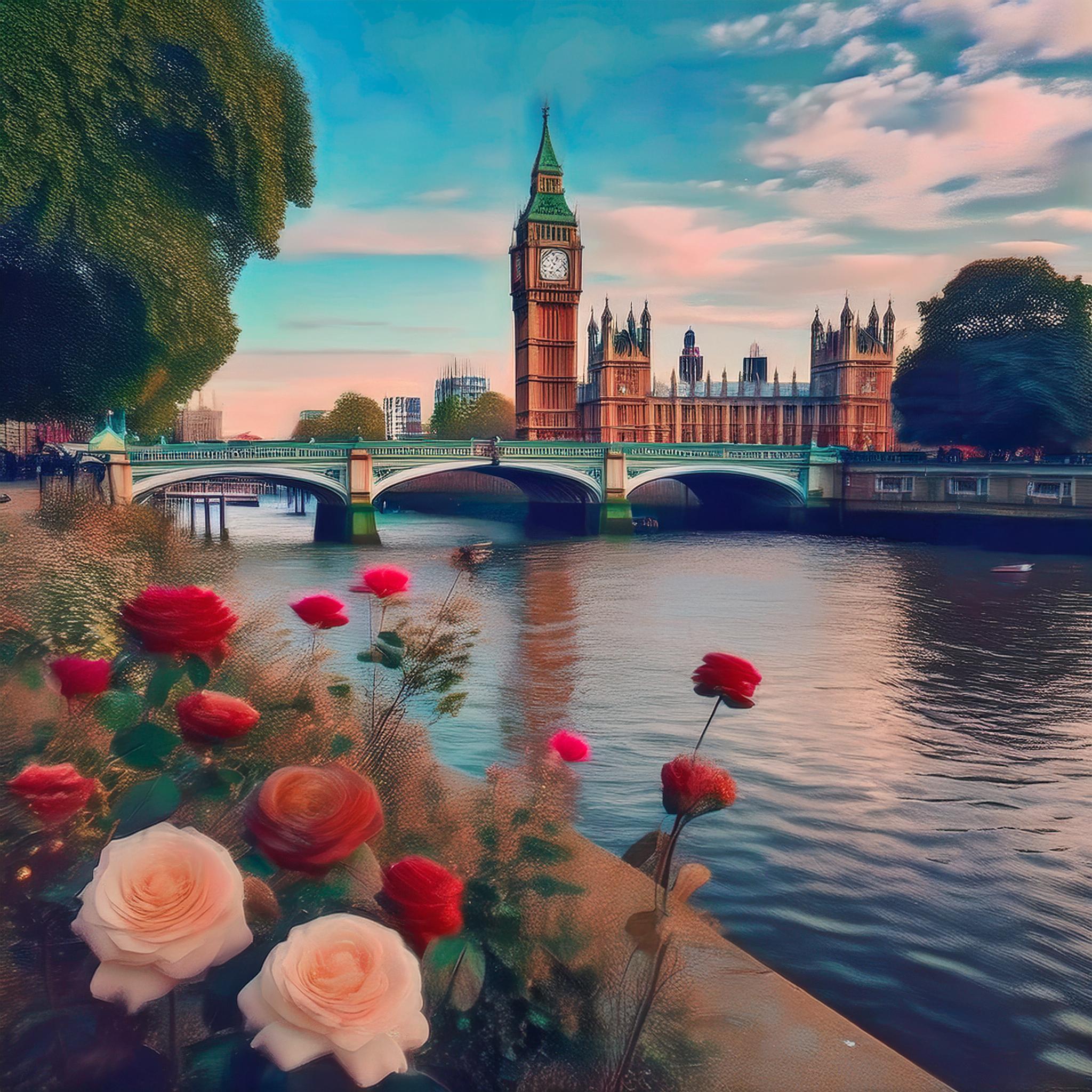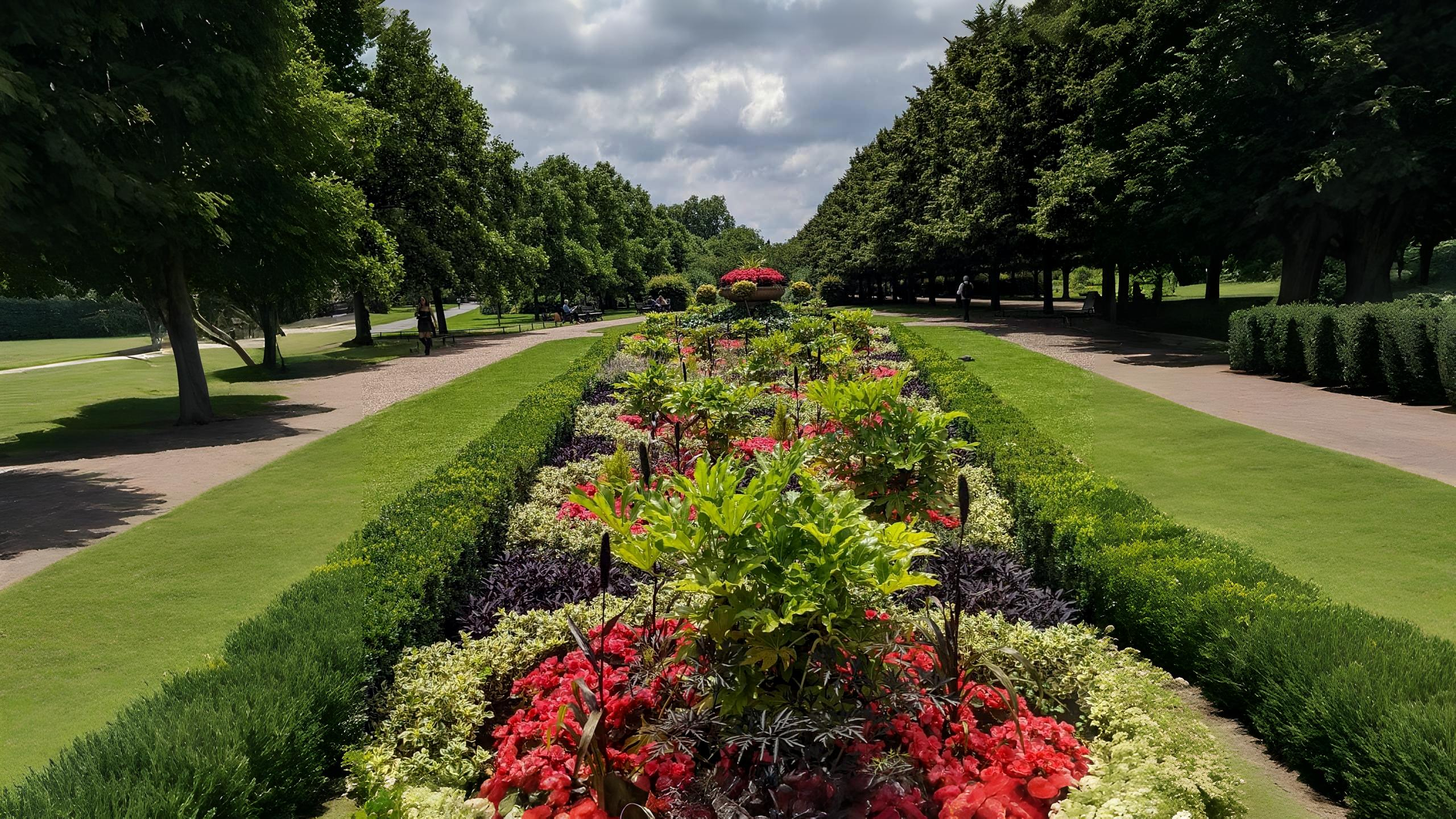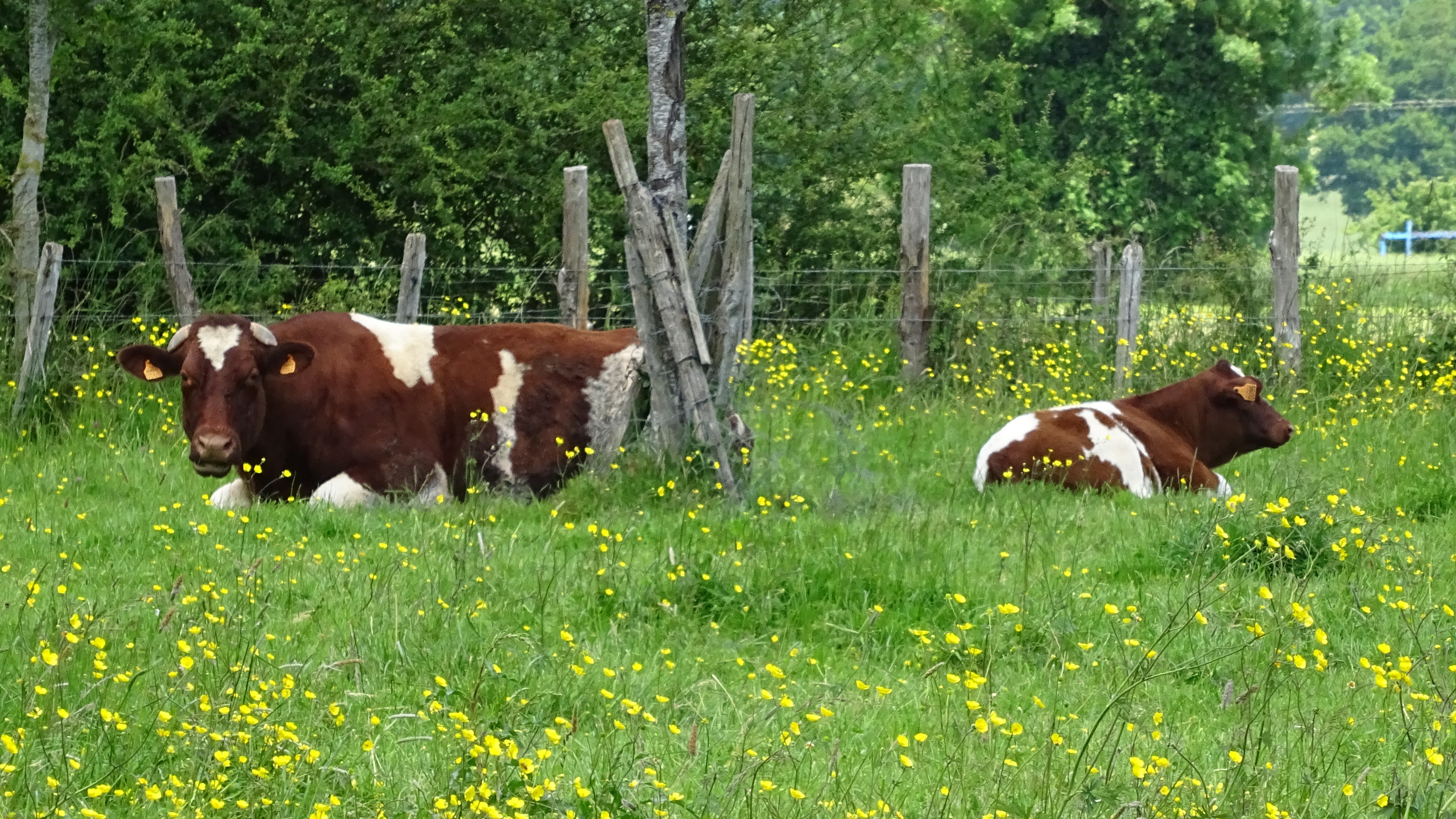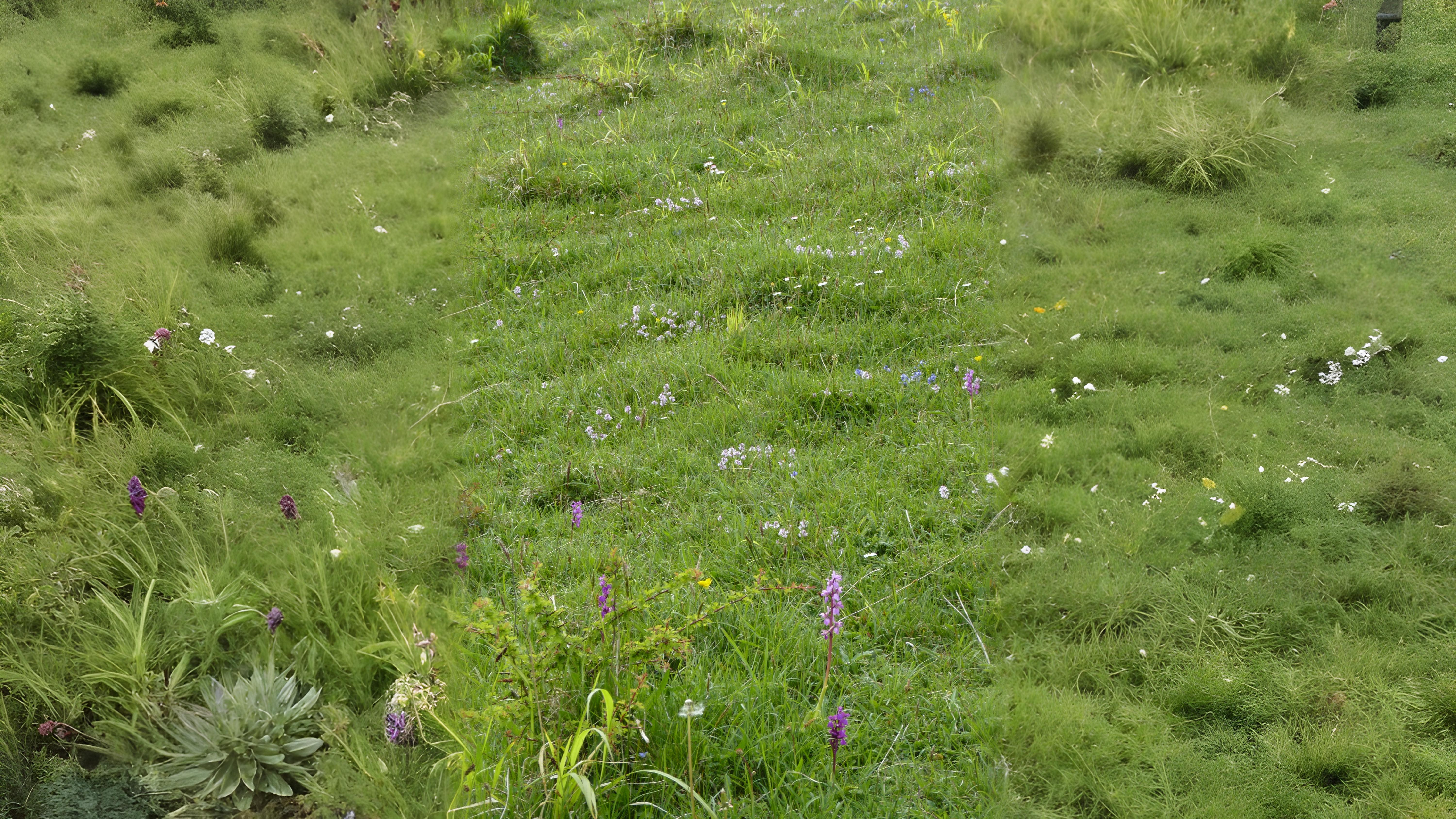
“All things rejoice beneath the sun – the weeds
The river, and the cornfield and the seeds”
Shelley


The early flowering trees such as cherries, magnolias and horse-chestnuts have all now finished flowering. Even the flowering trees and shrubs of May e.g. lilac and laburnum, are quickly disappearing.
When asked which is their favourite month, many Londoners will answer “June”. It is a month of roses and strawberries, with the city hosting Ascot, Wimbledon, the Derby and often the Hampton Court flower show.
There is much folk-lore associated with June’s changeable weather. People used to listen to rooks, more noise from them indicating rain, which would then affect the date that the hay was collected. Swallows flying low over water, bees staying near their hive, or frogs croaking louder all foretold the same thing. If there was going to be wind with the rain, spiders would stop building their webs and if there was going to be a thunderstorm the birds would fall silent.


June is also probably the most fragrant month of the year, with the scent of roses everywhere in gardens and the smell of hay everywhere in the countryside. Humid conditions after rain allow some scents to hang in the air and therefore carry further. June is when people want to sleep beneath the stars.



